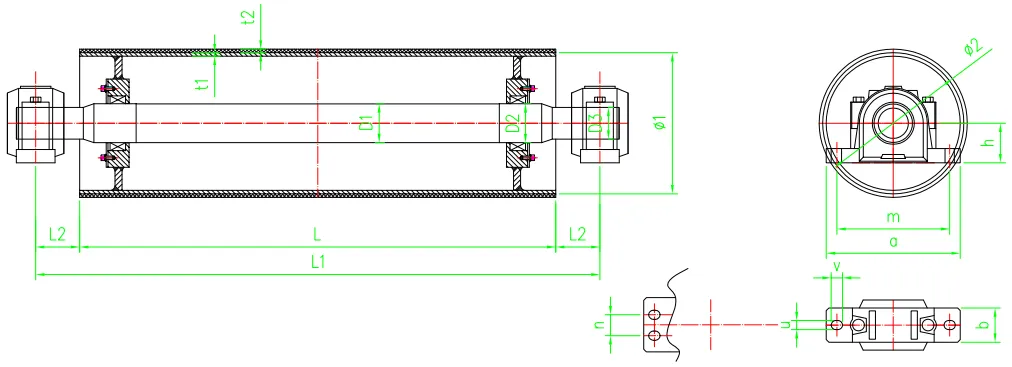 Afrikaans
Afrikaans  Albanian
Albanian  Amharic
Amharic  Arabic
Arabic  Armenian
Armenian  Azerbaijani
Azerbaijani  Basque
Basque  Belarusian
Belarusian  Bengali
Bengali  Bosnian
Bosnian  Bulgarian
Bulgarian  Catalan
Catalan  Cebuano
Cebuano  Corsican
Corsican  Croatian
Croatian  Czech
Czech  Danish
Danish  Dutch
Dutch  English
English  Esperanto
Esperanto  Estonian
Estonian  Finnish
Finnish  French
French  Frisian
Frisian  Galician
Galician  Georgian
Georgian  German
German  Greek
Greek  Gujarati
Gujarati  Haitian Creole
Haitian Creole  hausa
hausa  hawaiian
hawaiian  Hebrew
Hebrew  Hindi
Hindi  Miao
Miao  Hungarian
Hungarian  Icelandic
Icelandic  igbo
igbo  Indonesian
Indonesian  irish
irish  Italian
Italian  Japanese
Japanese  Javanese
Javanese  Kannada
Kannada  kazakh
kazakh  Khmer
Khmer  Rwandese
Rwandese  Korean
Korean  Kurdish
Kurdish  Kyrgyz
Kyrgyz  Lao
Lao  Latin
Latin  Latvian
Latvian  Lithuanian
Lithuanian  Luxembourgish
Luxembourgish  Macedonian
Macedonian  Malgashi
Malgashi  Malay
Malay  Malayalam
Malayalam  Maltese
Maltese  Maori
Maori  Marathi
Marathi  Mongolian
Mongolian  Myanmar
Myanmar  Nepali
Nepali  Norwegian
Norwegian  Norwegian
Norwegian  Occitan
Occitan  Pashto
Pashto  Persian
Persian  Polish
Polish  Portuguese
Portuguese  Punjabi
Punjabi  Romanian
Romanian  Russian
Russian  Samoan
Samoan  Scottish Gaelic
Scottish Gaelic  Serbian
Serbian  Sesotho
Sesotho  Shona
Shona  Sindhi
Sindhi  Sinhala
Sinhala  Slovak
Slovak  Slovenian
Slovenian  Somali
Somali  Spanish
Spanish  Sundanese
Sundanese  Swahili
Swahili  Swedish
Swedish  Tagalog
Tagalog  Tajik
Tajik  Tamil
Tamil  Tatar
Tatar  Telugu
Telugu  Thai
Thai  Turkish
Turkish  Turkmen
Turkmen  Ukrainian
Ukrainian  Urdu
Urdu  Uighur
Uighur  Uzbek
Uzbek  Vietnamese
Vietnamese  Welsh
Welsh  Bantu
Bantu  Yiddish
Yiddish  Yoruba
Yoruba  Zulu
Zulu Design and Functionality of Track Idler Rollers in Heavy Machinery Applications
Understanding Track Idler Rollers Key Components for Conveyor Systems
Track idler rollers are critical components in various industries, particularly those that rely on conveyor systems for efficient material handling. These rollers serve multiple purposes, including supporting and guiding conveyor belts, reducing friction, and maintaining alignment as materials are transported. In this article, we will explore the significance of track idler rollers, their types, applications, and maintenance practices.
What Are Track Idler Rollers?
Track idler rollers, often referred to simply as idlers, are cylindrical components mounted on a conveyor system to support the weight of the conveyor belt and the materials it carries. They are typically non-powered, meaning they do not drive the belt but instead allow it to move smoothly past them. Their primary function is to provide a surface for the belt to travel over while minimizing wear and tear on both the belt and the underlying infrastructure.
Types of Track Idler Rollers
There are several types of idler rollers, each designed for specific applications and operational conditions
. The most common types include1. Flat Idlers Flat idlers consist of a simple cylindrical design and are primarily used in situations where materials are loaded directly onto the conveyor belt. They provide a flat surface for the belt to rest on, ensuring even support along its length.
2. Trough Idlers These are designed with a trough shape, which helps to contain materials on the belt and prevents spillage. Trough idlers are especially useful for transporting bulk materials like gravel, coal, or grain.
3. Impact Idlers Positioned at loading points, impact idlers are specifically designed to absorb the shock and reduce impact forces when materials are loaded onto the conveyor. This type prolongs the life of the conveyor system by minimizing wear and damage to the belt.
4. Training Idlers Training idlers are used to keep the conveyor belt aligned and prevent it from drifting off course. They play a crucial role in maintaining the efficient operation of the conveyor system.
track idler roller

5. Return Idlers Used on the return side of the conveyor, these idlers support the belt as it returns empty to the loading area. They help maintain proper tension and alignment, ensuring smooth operation.
Applications of Track Idler Rollers
Track idler rollers are ubiquitous across various industries. They are integral to the functionality of
- Mining Operations Transporting heavy loads of ore and minerals where durability and efficiency are paramount. - Manufacturing Streamlining production lines that require the movement of goods between different stages of production. - Food Processing Maintaining hygiene standards while efficiently transporting raw and processed food products. - Logistics and Warehousing Facilitating the movement of packages and materials through sorting and storage systems.
Maintenance Practices for Track Idler Rollers
Proper maintenance of track idler rollers is essential for ensuring the optimal performance and longevity of the conveyor system. Some best practices include
- Regular Inspections Periodic checks for wear, misalignment, and damage can help identify issues early before they escalate into major problems. - Lubrication Keeping idler rollers properly lubricated reduces friction and prevents premature wear. - Replacing Worn Components Timely replacement of damaged or worn rollers can prevent more significant issues in the conveyor system. - Monitoring Alignment Ensuring the alignment of idlers is critical for the efficient movement of the conveyor belt and the materials it carries.
Conclusion
Track idler rollers are vital components of conveyor systems, playing a critical role in reducing friction, maintaining belt alignment, and supporting heavy loads. Understanding their types, applications, and maintenance practices is crucial for anyone involved in industries that rely on material handling systems. By investing in proper care and maintenance, businesses can enhance the efficiency and lifespan of their conveyor systems, leading to improved productivity and reduced operational costs.
-
Revolutionizing Conveyor Reliability with Advanced Rubber Lagging PulleysNewsJul.22,2025
-
Powering Precision and Durability with Expert Manufacturers of Conveyor ComponentsNewsJul.22,2025
-
Optimizing Conveyor Systems with Advanced Conveyor AccessoriesNewsJul.22,2025
-
Maximize Conveyor Efficiency with Quality Conveyor Idler PulleysNewsJul.22,2025
-
Future-Proof Your Conveyor System with High-Performance Polyurethane RollerNewsJul.22,2025
-
Driving Efficiency Forward with Quality Idlers and RollersNewsJul.22,2025





























